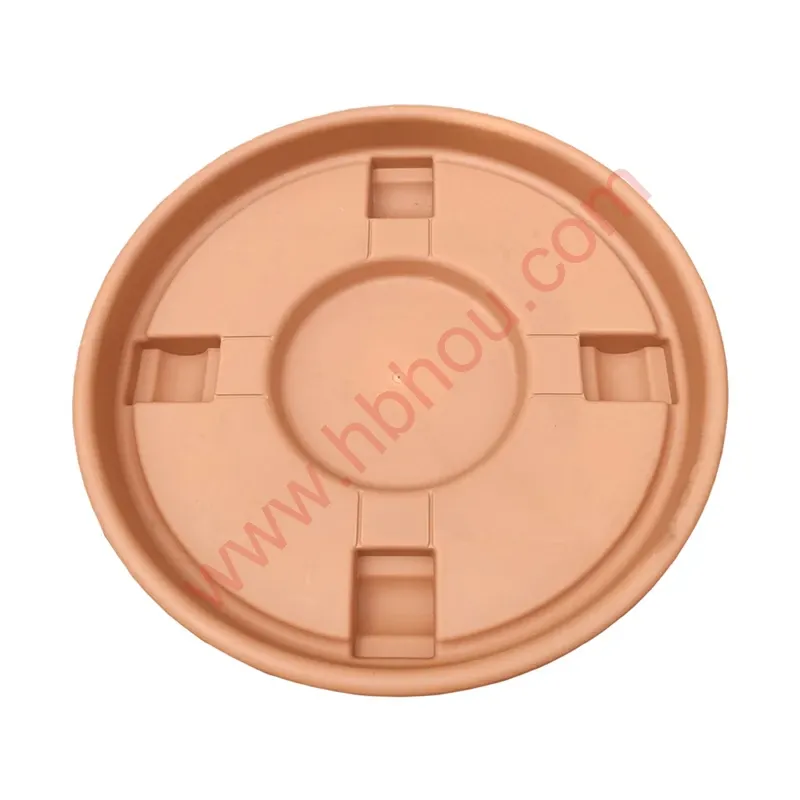Wood Stake Plant Support A Sustainable Solution for Gardening
Gardening enthusiasts and professional horticulturists alike often seek effective ways to promote healthy plant growth. One of the most time-tested methods involves using wood stakes for plant support. This natural, sustainable practice not only aids in plant stability but can also enhance the overall aesthetic of any garden. In this article, we will delve into the benefits, techniques, and best practices of using wood stakes for plant support.
Why Use Wood Stakes?
Wood stakes are an excellent choice for plant support for several reasons. Firstly, they are biodegradable and environmentally friendly, making them an ideal option for gardeners who prioritize sustainable practices. Unlike plastic or metal supports, wood will decompose over time and enrich the soil, contributing nutrients back into the ecosystem.
Secondly, wood stakes provide excellent structural support for a variety of plants, including tomatoes, beans, and young trees. As plants grow, they may become top-heavy or face challenges from wind and rain. Wood stakes help anchor these plants, preventing them from bending, breaking, or falling over. This support is crucial for fostering healthy growth and maximizing yields, particularly for climbing plants.
Selecting the Right Wood
Choosing the appropriate type of wood is vital to ensuring the success of your plant support system. Ideally, select untreated wood stakes, as chemical treatments can leach into the soil and affect plant health. Commonly used types of wood include cedar, redwood, and pine. Cedar is particularly favored for its natural resistance to rot and insect damage, making it a durable choice for outdoor use.
When selecting stakes, consider the height and size appropriate for your plants. Taller plants, such as sunflowers, may require longer stakes, while shorter varieties can thrive with smaller supports. The thickness of the stake should also correlate with the weight of the plant it will support. For heavier crops, thicker stakes provide better stability.
wood stake plant support

Proper Technique for Installation
Installing wood stakes requires careful attention to detail to ensure the best support for your plants. Start by placing the stakes in the soil before planting if possible, or soon after. Position the stake about 4-6 inches from the base of the plant to avoid damaging the root system.
Push the stake securely into the ground to a depth of at least one-third of its total length, providing a solid anchor. When using multiple stakes for climbing plants like tomatoes or pole beans, space them evenly and ensure they are tall enough to accommodate future growth.
To enhance stability, you can use garden twine, fabric strips, or soft plant ties to secure the stems to the stakes as they grow. Avoid using materials that might constrict the plant's growth, such as wire or plastic ties, which can cause damage over time.
Benefits Beyond Support
While the primary role of wood stakes is to support plant growth, they also offer other advantages. They can help create a visually appealing garden layout, providing structure and height variation. Furthermore, using stakes can improve air circulation around plants, reducing the risk of fungal diseases and promoting healthier growth.
Conclusion
In conclusion, utilizing wood stakes for plant support is an effective and environmentally responsible method for enhancing garden productivity. With their biodegradability, structural support capabilities, and aesthetic benefits, wood stakes are a practical choice for any gardener. By selecting the right wood, employing proper installation techniques, and providing ongoing care, you can ensure that your plants thrive and flourish. As you cultivate your garden, consider the many advantages of wood stake plant support—it’s a simple yet impactful strategy that links sustainability with success in gardening.
















